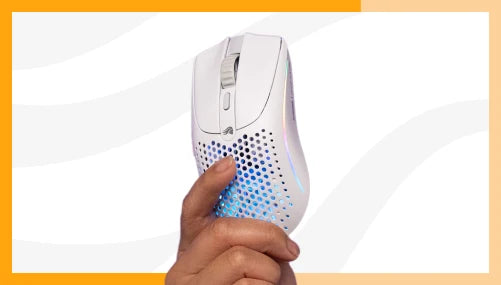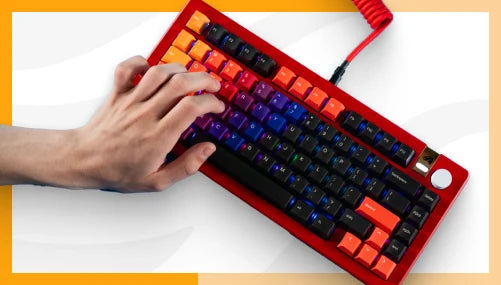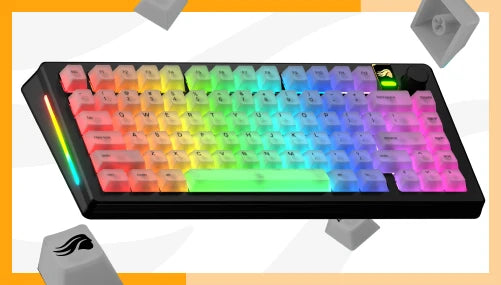If Goldilocks had to choose her favorite switch, she would probably call linear switches too smooth, clicky switches too clacky, and tactile switches just right. Tactiles are the perfect blend of the two, giving users the feedback they desire while leaving out the click bar of clicky switches. This article will break down the key benefits of using tactiles and recommend well-known switch options to pop into your GMMK.
For those looking to learn more about linear switches, check out our article on their benefits here.



